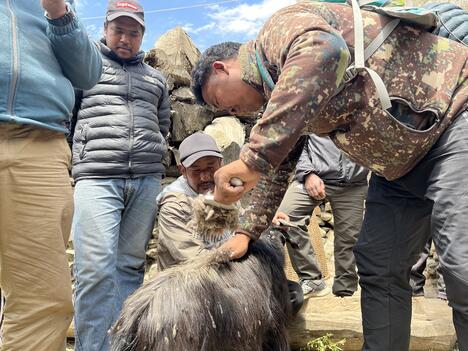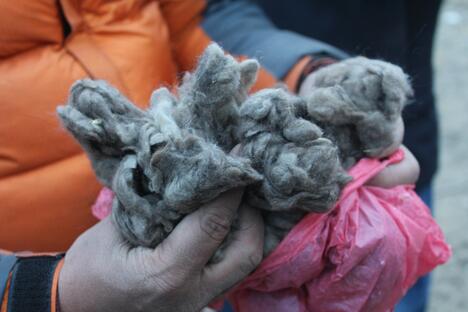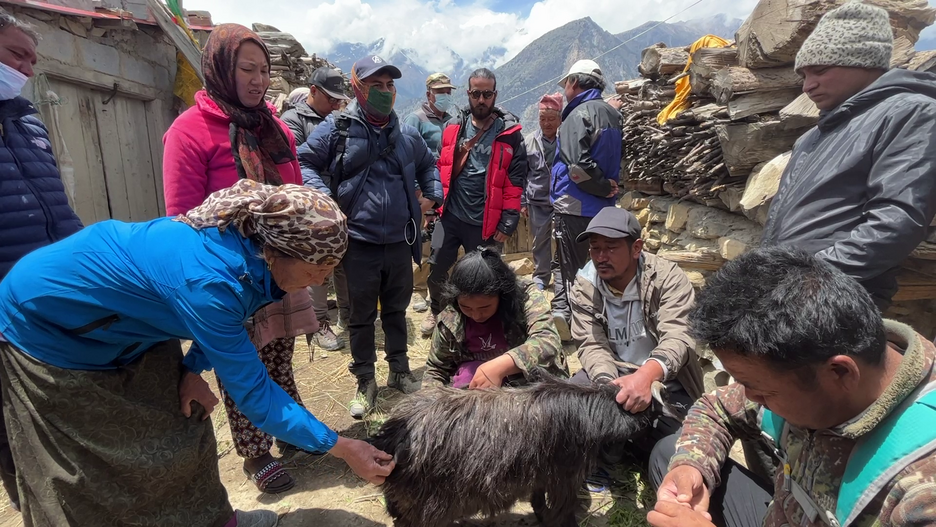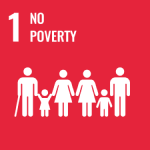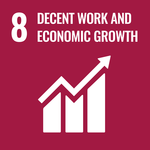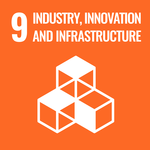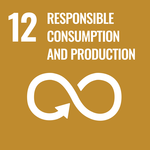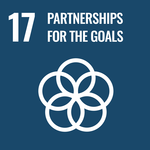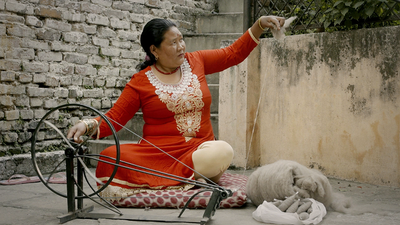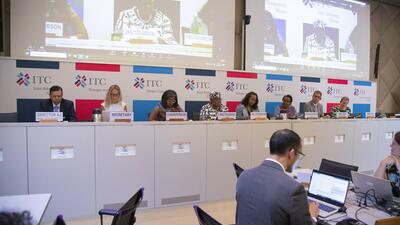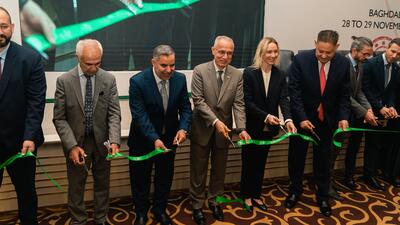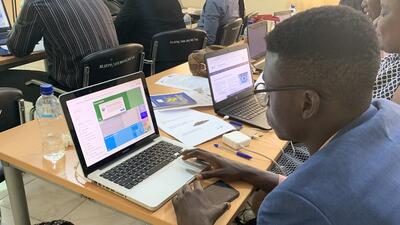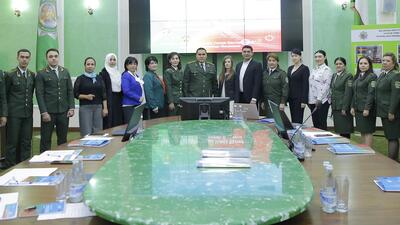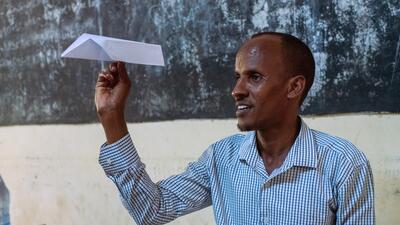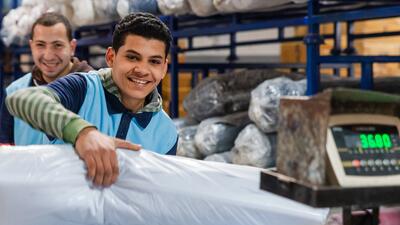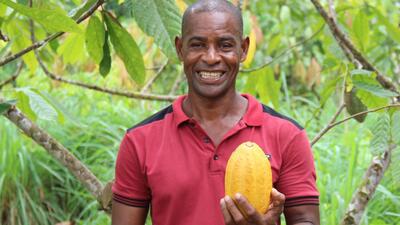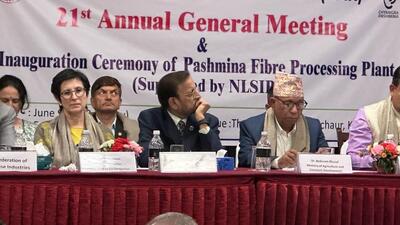
Case study: Bright future for Chyangra farmers and pashmina in Nepal
The ‘four Cs’ – COVID, climate, conflict and cost-of-living – greatly tested small businesses around the world and set back the Sustainable Development Goals. This case study, from the ITC Annual Report 2022, highlights how the International Trade Centre helped entrepreneurs find new ways to prosperity through trade.
The challenge
Nepal exports about $27 million of pashmina products annually using imported cashmere yarns from neighbouring countries. At the same time, Nepal has an estimated 140,000 Chyangra goats whose fibres are not used.
To address the challenge of the country’s broken supply chain for pashmina, ITC is working with various partners, bringing together farmers, manufacturers, traders and exporters of pashmina products. Together with the Nepal Pashmina Industry Association, the Nepal Pashmina Fibre Processing Company and the Mustang Chyangra Farmers’ Association, ITC’s EU-Nepal Trade and Investment Programme provides the know-how, tools and market linkages for farmers to harvest the fibre for profit.
The solution
Most farmers did not recognize the value of their goats’ fibre as there was no ready market for the product. There was also limited information on the benefits to the animals of actions such as combing, which helps remove the cashmere while leaving coarse overcoat hairs intact. ITC therefore organized a series of trainings to raise awareness of the fibre’s value and its income potential, including teaching the farmers how to comb and even produce their own combing tools.
As part of the training, an international expert from Kyrgyzstan taught farmers harvesting, grading and storage techniques. Trainees included 150 farmers from the Mustang district, one of the remotest areas of Nepal. The farmers also connected with pashmina manufacturers and members of the Nepal Pashmina Industry Association and the Nepal Pashmina Fibre Processing Company.
The results
Thanks to the long-term partnership with ITC, the Nepal Pashmina Industry Association and the Nepal Pashmina Fibre Processing Company now buy all the pashmina fibre that farmers harvest. This harvest amounted to 3.5 tons of fibre in 2021 and was expected to double in 2022.
Harvesting high-quality cashmere fibre was not the only challenge, however. Nepal had no processing plant that could wash, dehair and card the fibre for yarn to be spun. To establish a local value chain for the pashmina sector, the country needed to invest in technology and equipment for cashmere processing facilities. This upgrading could help transform Nepal’s pashmina value chain, enabling the establishment of backward linkages, retention of value, creation of quality jobs and development of skills through the promotion of pashmina wool exports.
After conducting a feasibility study, ITC approached the Government of Nepal and the World Bank to secure financing for the processing machines. Nepal is providing around 9.5 million Nepalese rupees ($76,650) to finance technology and equipment. The World Bank is matching the grant with 10 million Nepalese rupees ($80,685) to co-finance the processing equipment and for the Nepal Pashmina Fibre Processing Company to establish collection centres in Mustang.
The future
The Government of Nepal, with ITC support, is implementing a five-year strategy to boost exports of the country’s traditional Himalayan Chyangra pashmina wool products into regional and global luxury markets. Nepal exported Pashmina shawls worth $19.31 million in 2021. The goal is to reach $75 million worth of sustainable pashmina exports by end-2026.
There are challenges to expanding the market for Nepali pashmina and strengthening its reputation for excellence. The value chain must be reorganized and the capacity of small businesses and farmers to improve productivity and quality needs to be built up.
The National Pashmina Sector Export Strategy 2022–2026 envisages increasing the supply capacities of entrepreneurs, integrating them into relevant markets and creating greater economic and business opportunities for small businesses working throughout the pashmina value chain.




